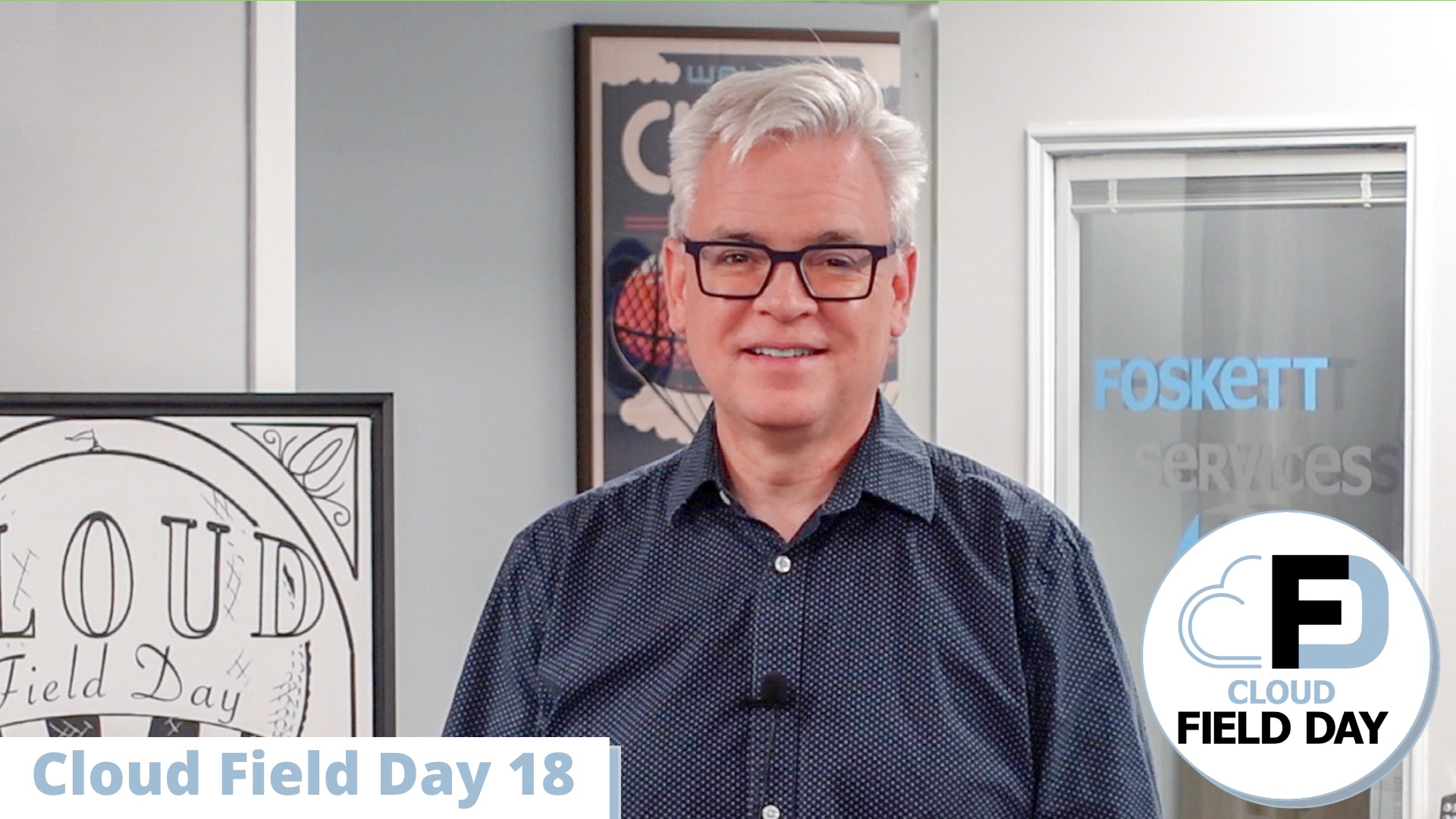There is an ever-growing challenge for organizations when it comes to managing the constant influx of data. There is an even greater burden ensuring access to all the information. The complex challenge of ensuring, not only uptime, but the quality of network traffic has long been pieced together by various solutions. Adding in the unofficial network layer of compliance and the fear of facing massive fines only puts bigger stress on admins. How can one easily achieve data segregation when you have data centers across the world? What if you are a smaller company with only a local location? How can you ensure that certain data can’t be accessed?
Recall a breach with Target stores back in 2014, where the hackers found a vulnerability with Target’s network configuration. The HVAC systems were on the same network as the point of sale systems. This small and overlooked flaw in the network design cost Target not only millions of dollars but a damage to their reputation.
If we look at the example Nick Furman gives in this Virtual Cloud Network demo featuring the VMware NSX Portfolio, you have a customer kiosk that needs to be segregated away from your HR systems. Had Target done something similar to this demo, they would not have made major news and affected millions of people and lost revenue. This is vital for organizations to be thinking about. Implications from bad IT architecture design could adversely impact business and financial bottom line.
When I think of this breach and many others over the last couple of years, I often wonder why organizations didn’t have the proper policies in place on their networks to detect this. Take the security risks aside and think about the performance for users. During the demo, Nick showcased how VMware NSX could easily setup a policy for specific application access. You could then be able to see network usage. If a random spike in traffic is detected on that network segment, there might be an issue, and someone should investigate that more.
Remaining Flexible
 For me, it’s about being able to create policies that have actionable insights, but more importantly are easily configured and rolled out across the organization. The ability to create custom policies that would allow for network optimization to remote offices using a specific application or locking down traffic between locations.
For me, it’s about being able to create policies that have actionable insights, but more importantly are easily configured and rolled out across the organization. The ability to create custom policies that would allow for network optimization to remote offices using a specific application or locking down traffic between locations.
Policies help ensure compliance. By being compliant, it helps organizations reduce the risk of hefty fines. More importantly it allows for admins to breathe a little easier. What really drives the Virtual Cloud Network announcement, built on the expanding NSX Portfolio, is the ability to make real enforcement across any workload, whether it be on-prem or in the cloud. With the ever-changing IT landscape this is going to be huge for not only VMware NSX, but any networking company offering software defined solutions. This flexibility in policy enforcement is the key to success. Allowing access to these functions via API gives organizations great flexibility in the solutions that they are using while utilizing the core functions of VMware NSX features.
Companies like VMware must maintain a level of flexibility and support the different paths taken by their customers. During our panel discussion, we talked about the announcement of VMware NSX Cloud supporting Azure as a public cloud destination. The use of NSX Hybrid Connect is another showcase that like the business it supports the network and traffic workloads must be flexible and not rigid. Business need to be able to provide us support wherever we are. If I am on Azure today and move to AWS tomorrow and you do not support that move, then you have the chance to lose my business.




